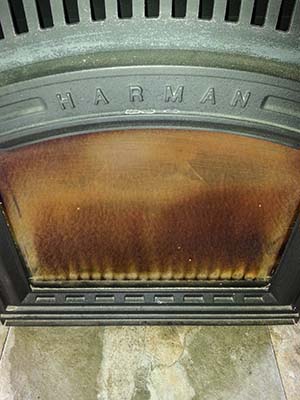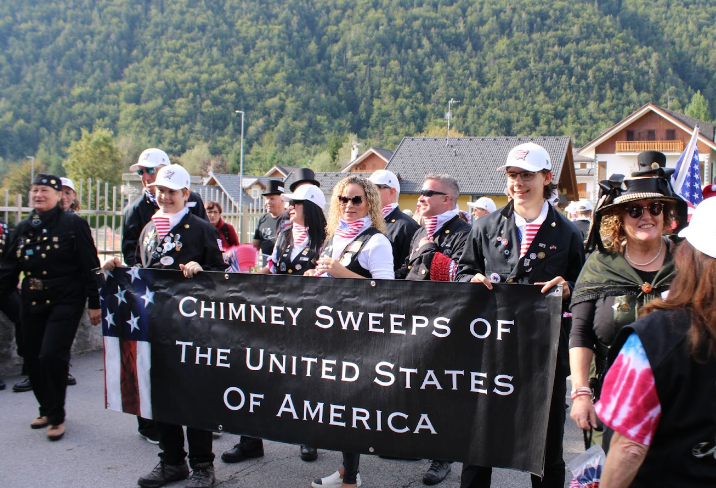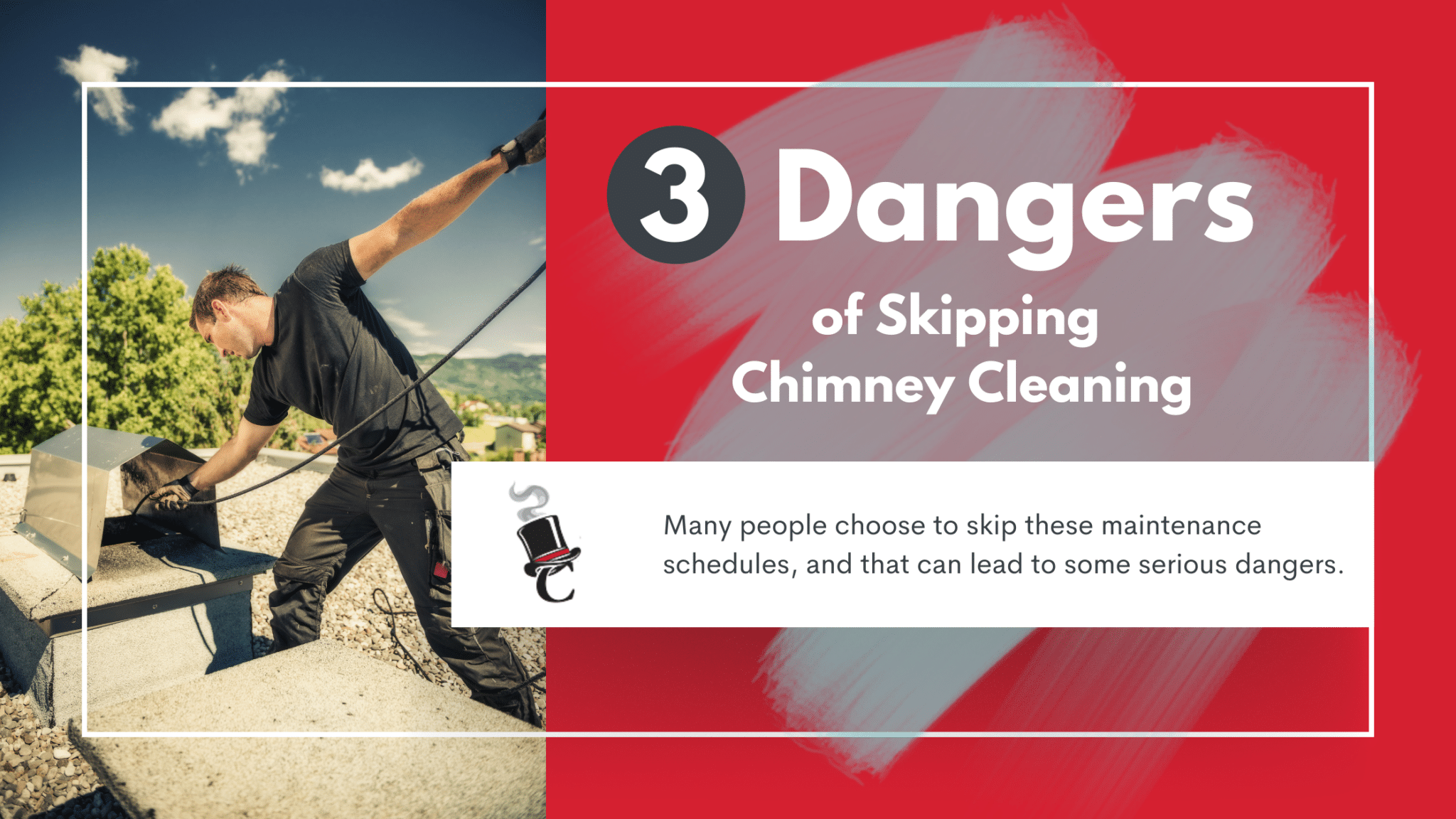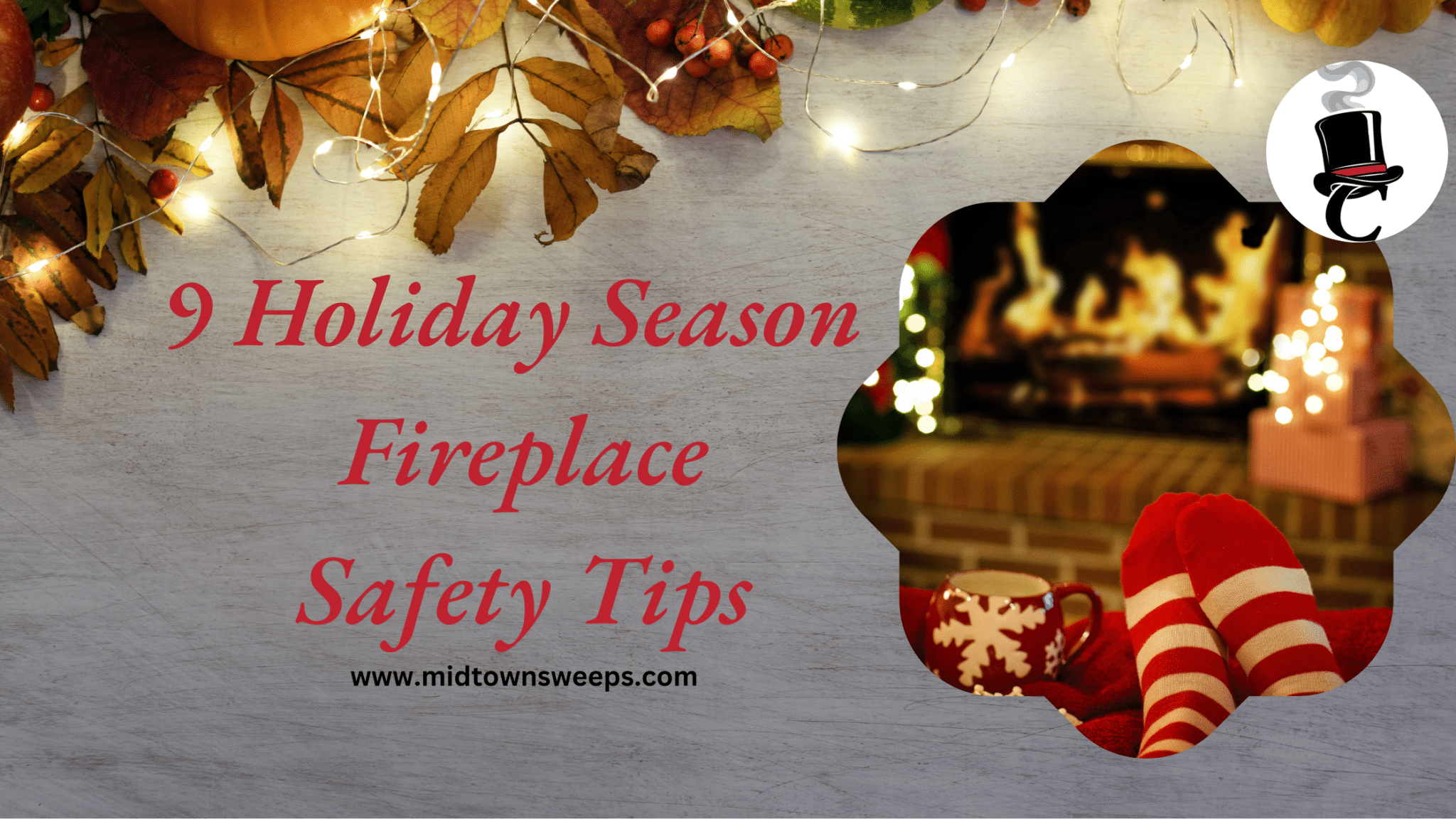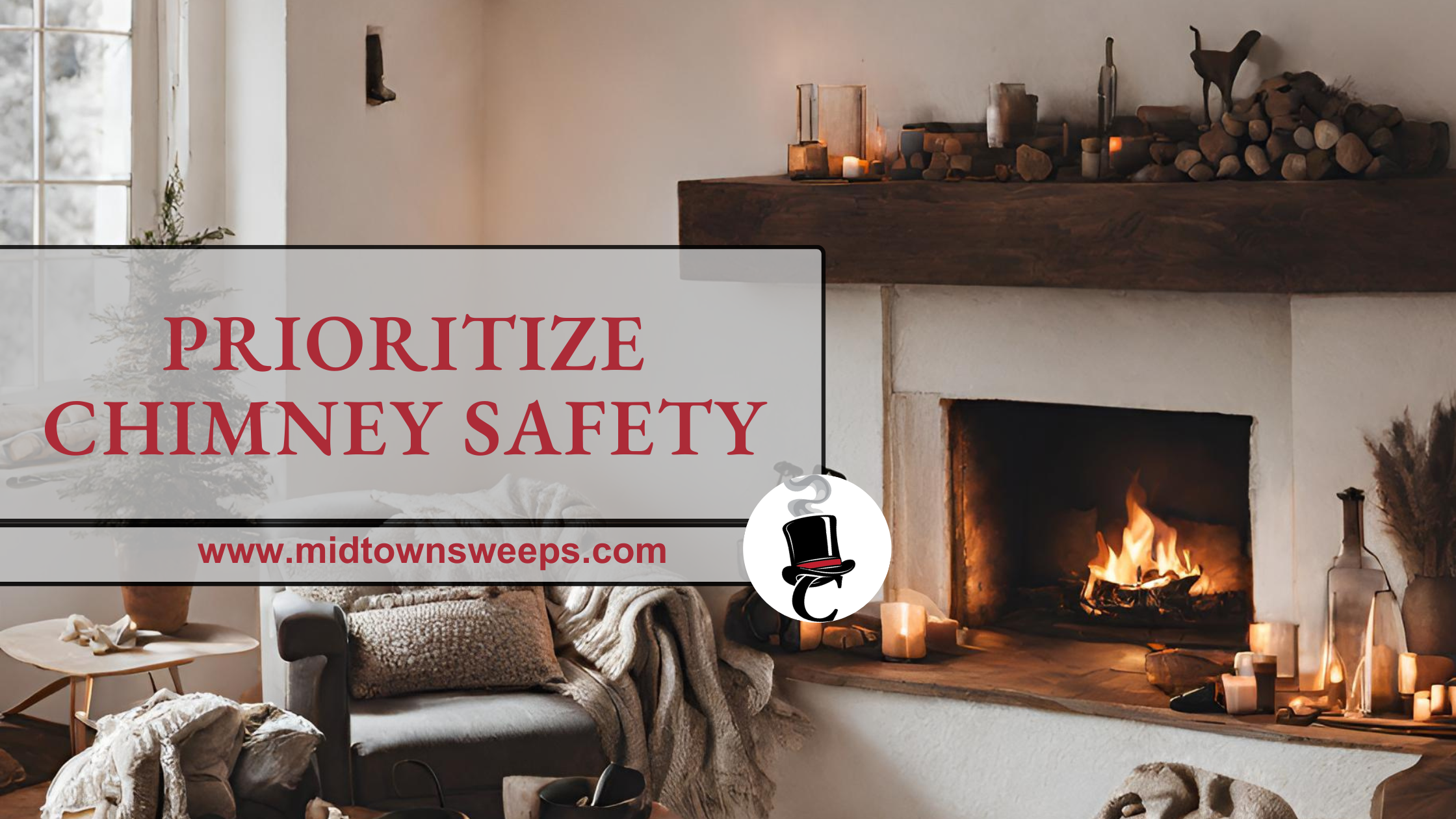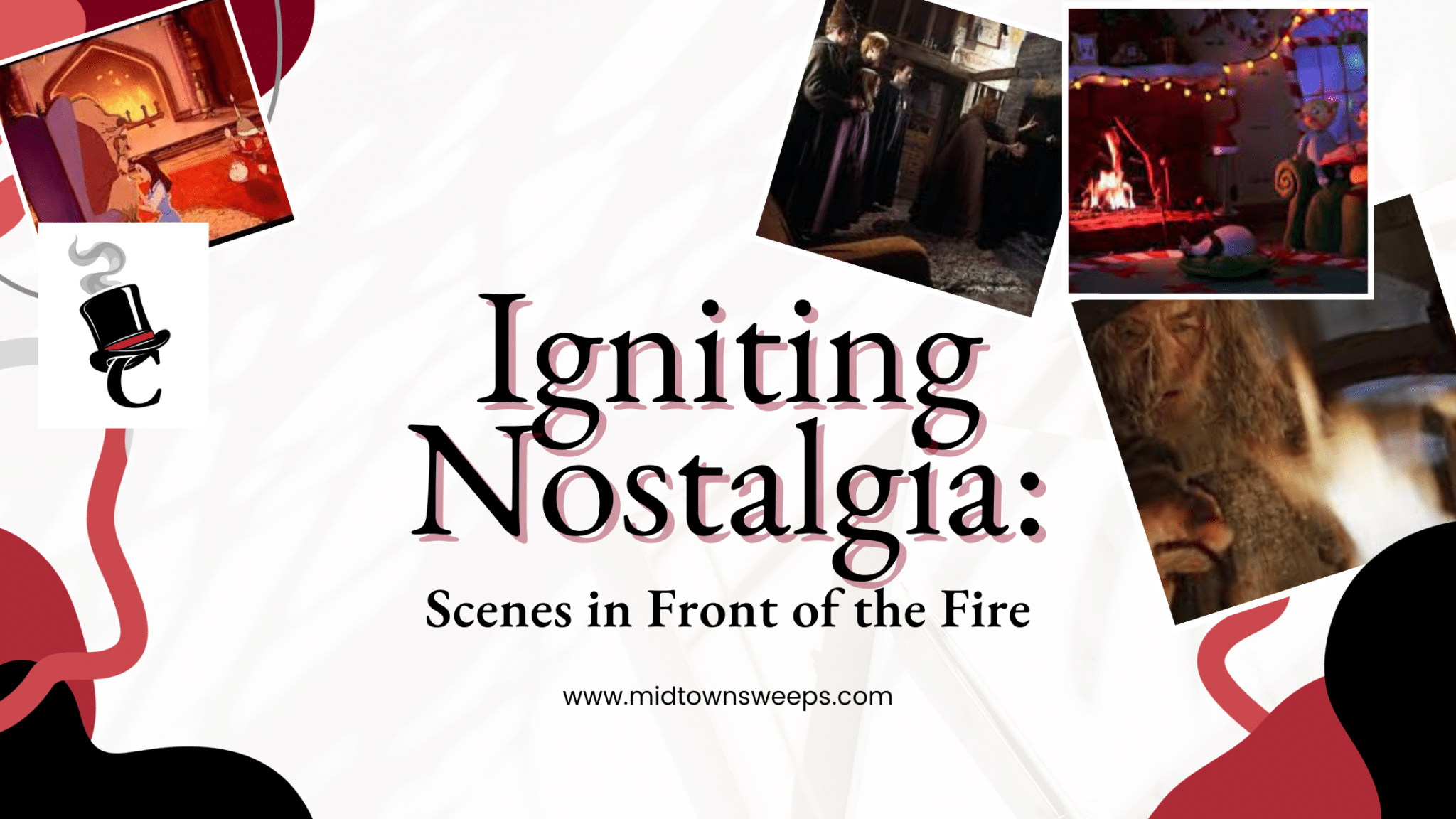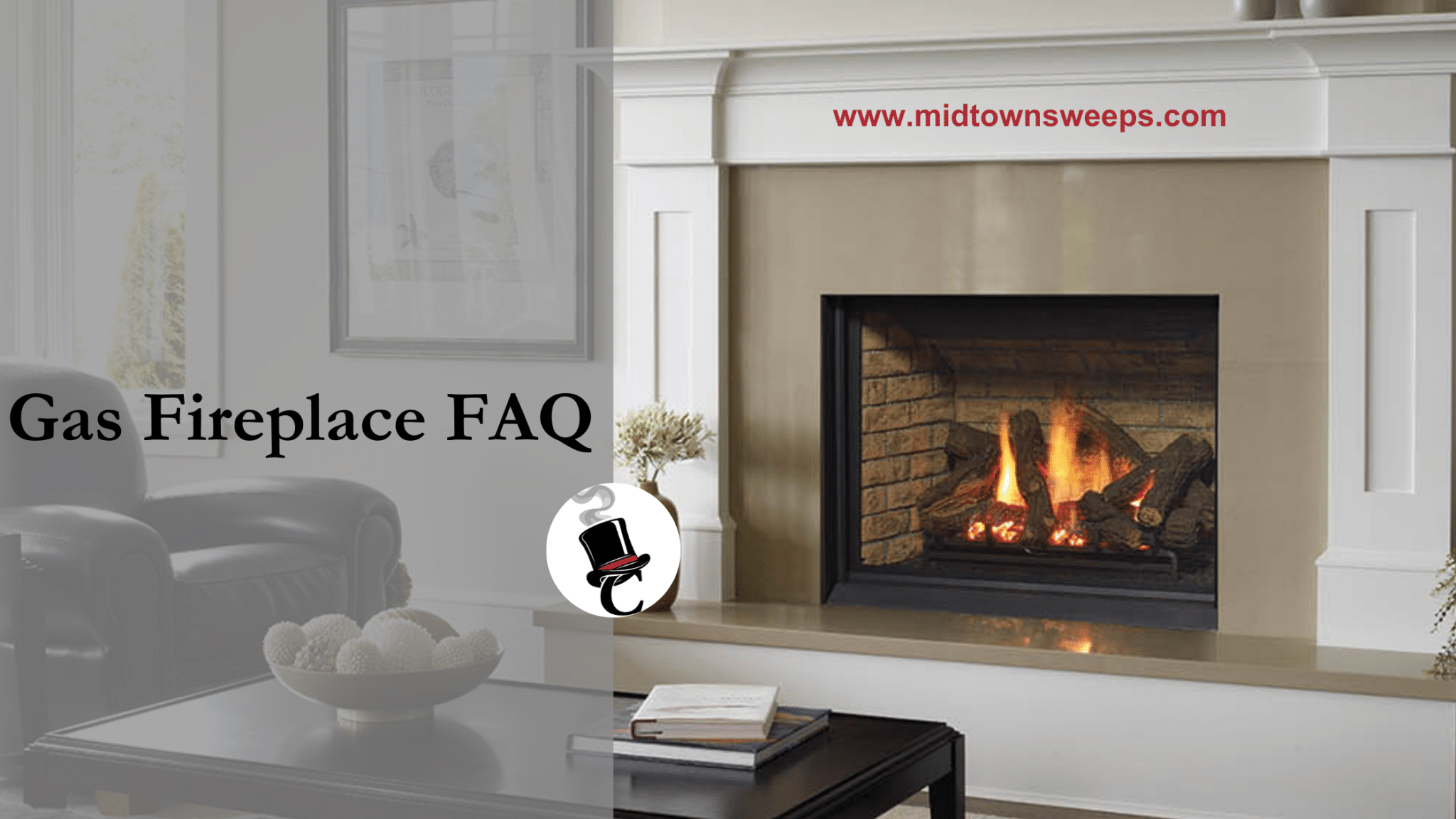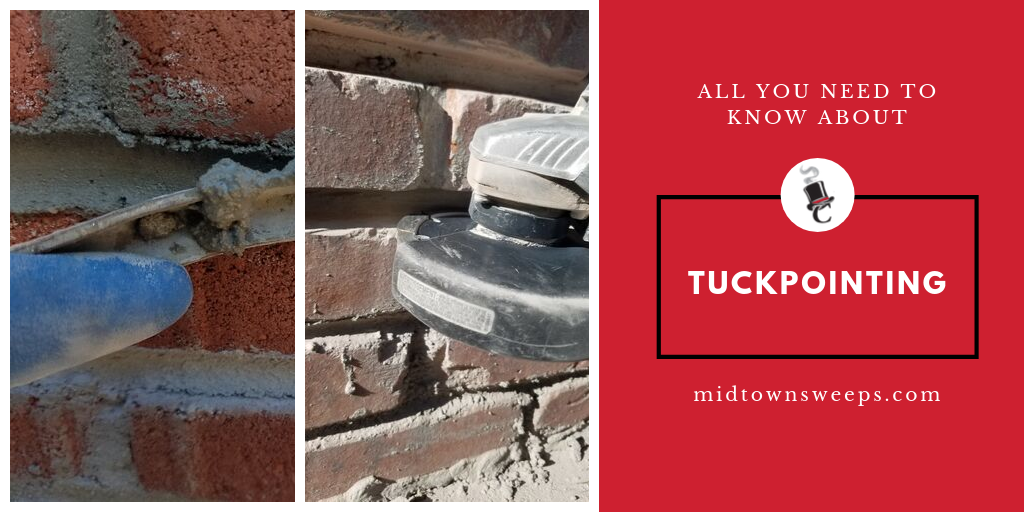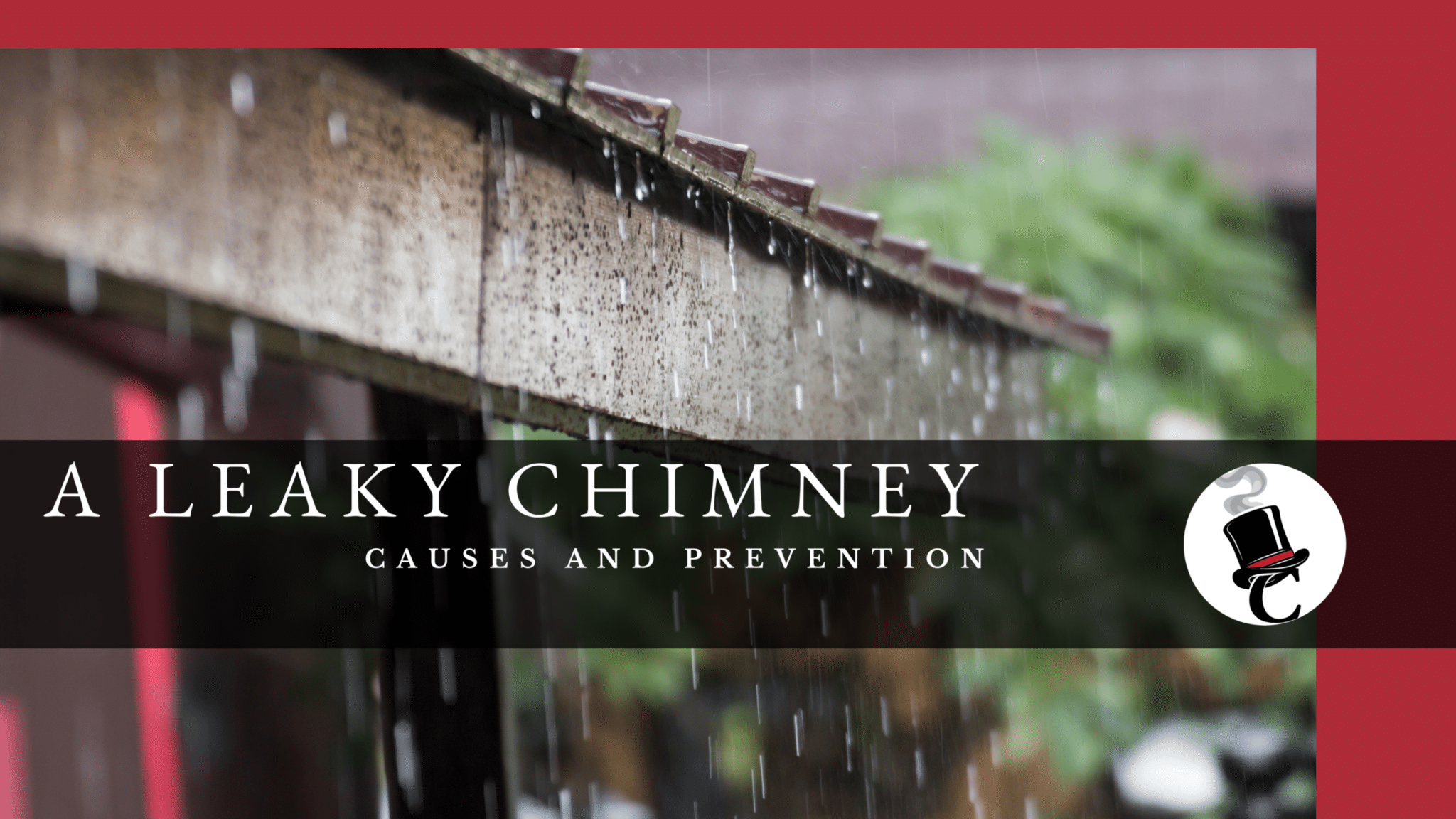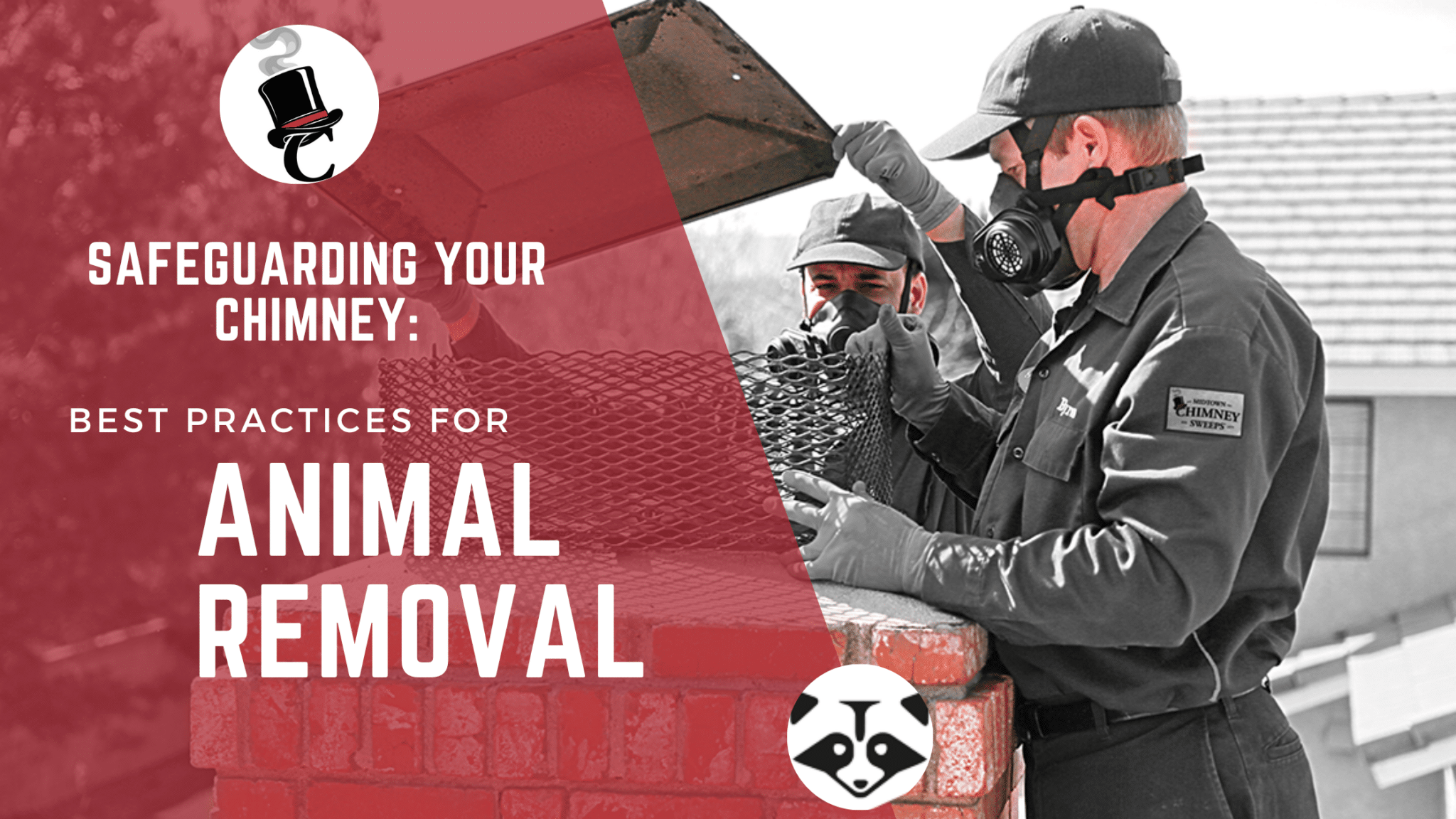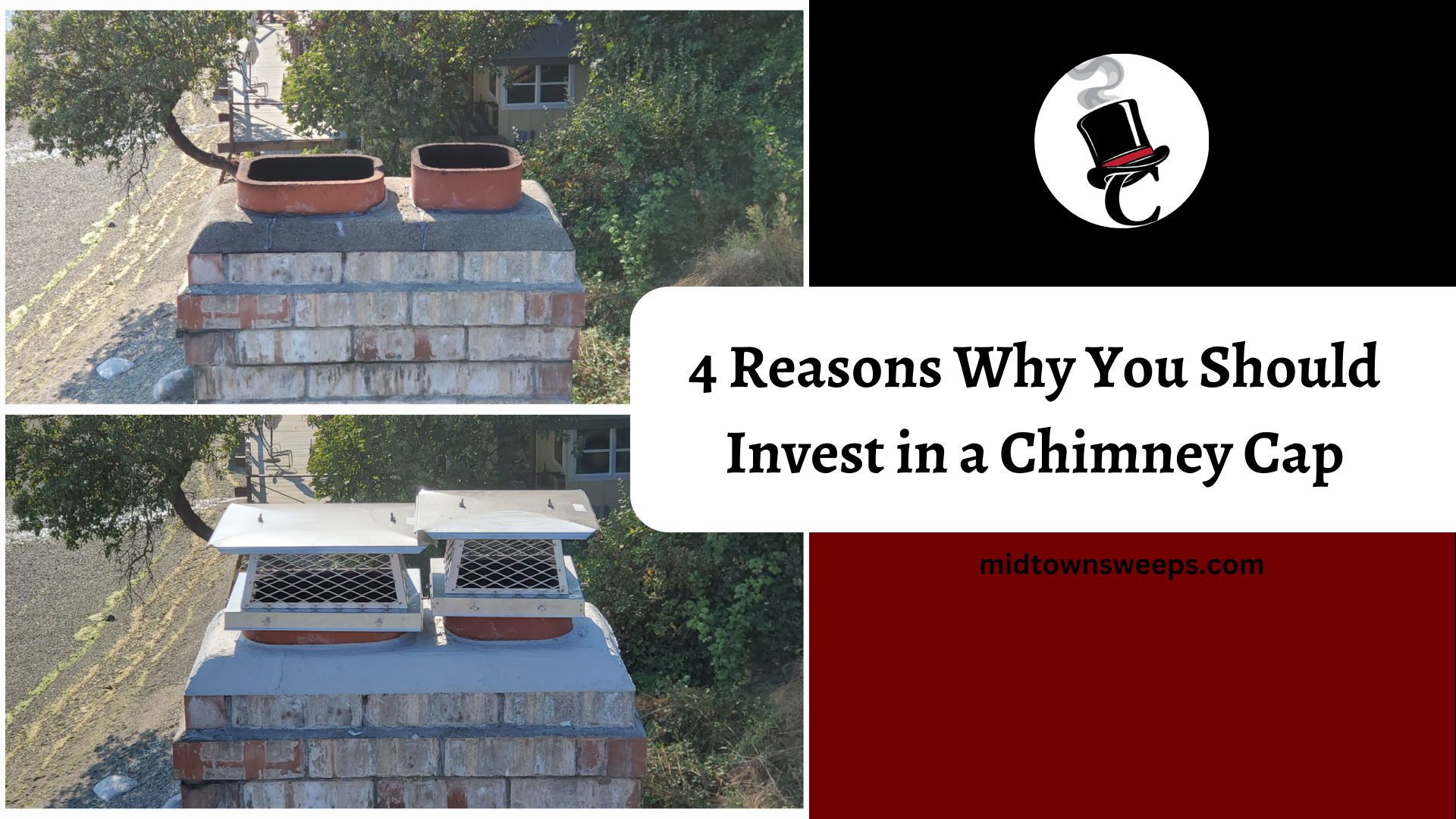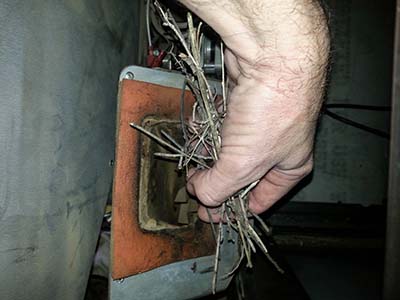
How to Know if Your Pellet Stove has a Bird Nest is not easy at first, but we will show you how to figure it out! The picture above is of my hand removing a handful of twigs and nesting debris from a sparrow’s long two weeks of labor to build a nest in our Midtown Chimney Sweeps’ client’s home in Evergreen, Colorado. Our technicians regularly remove nesting debris from all kinds of chimneys in the spring months.
Note: It is a violation of the Endangered Species Act to remove a Chimney Swift or its nest during nesting season. Consult with local animal removal authority in your county or city before attempting to move these special little critters!
Often in spring time birds look for places to build nests. They usually prefer perches, or places where they feel safe up high and off the ground. Fireplaces and chimneys often fulfill this aviary requirement by virtue of their height and hollow interior. But sparrows often fall to their deaths because of the smooth inner walls and the long vertical drop after they enter this tall and narrow tomb. They flap and scramble but cannot rise to the top. The best way to prevent a bird from dying in your chimney or your pellets stove vent is to apply 1/2″ hardware cloth over the exhaust opening or the spark arrestor. This mesh will prevent birds from entering but will not limit the exhaust gases. Any mesh or hardware cloth smaller than 1/2″ x 1/2″ squares is too small per code, because it will cause rapid soot accumulation at the exhaust point- the chimney cap- resulting in unfavorable smoky fireplaces or sooty pellet stoves.
Why birds enter Pellet Stove Vents
Birds enter the exhaust vents of pellet stoves because of the same reason they enter fireplace chimneys and wood stove chimneys. In fact I can think of several reasons why!
- Nesting season means the birds are actively looking for a safe home to lay their eggs and hatch their little ones.
- Lack of a spark arrestor to keep the mature nesting birds from entering.
- Chimneys and pellet stove vents are often warm and unused during the spring nesting season.
- Chimneys and pellet stove vents often make safe and reasonable homes for many birds, especially the Chimney Swift
How do I Know if my Pellet Stove has a Bird Nest?
- The glass will get dark and smoky as pictured below
- The sound of scratching and chirping and general bird activity can be heard at the top of the chimney or seen near the end of the pellet vent
- The ash residue is much higher than normal
- The pellet stove is hard to light, doesn’t have enough air flow
All of these are signs that your pellet stove has a bird nest in the exhaust flue. These images were all taken of the same pellet stove insert, a fine PI40 Harman pellet insert in Evergreen, Colorado. Our technicians regularly remove bird nests from pellet stoves in the spring months from Iowa to Colorado to California. Schedule a service call today!
